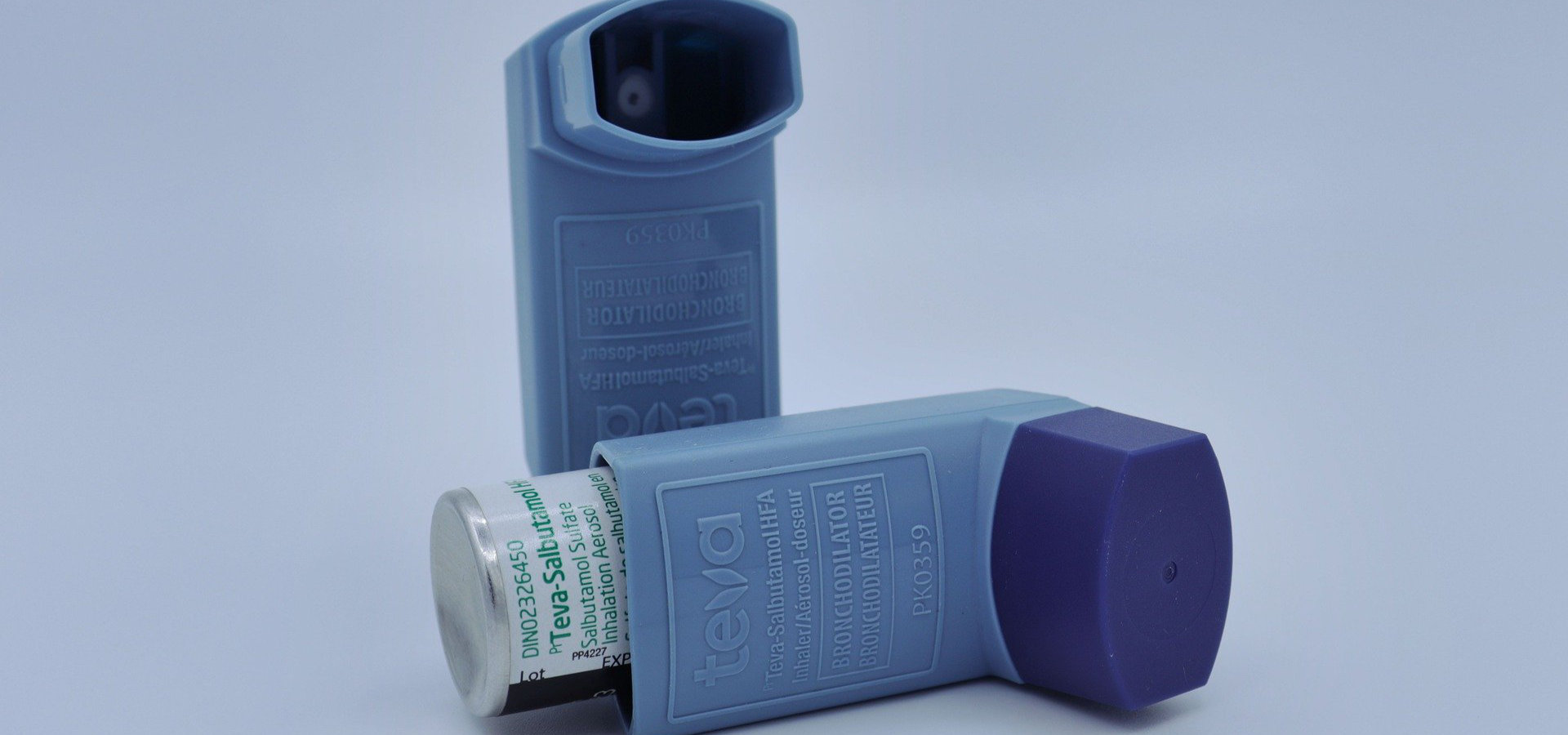The presence of endocrine disrupting chemicals in school’s indoor air can lead to the development of allergic rhinitis in children, an inflammatory disease of the nasal mucosa, characterized by sneezing, a stuffy nose, and an itchy and runny nose.
The conclusion is of a research by the Instituto de Saúde Pública da Universidade do Porto (ISPUP), published in the “Journal of Investigational Allergology and Clinical Immunology”, which evaluated the indoor air quality of 71 classrooms in 20 elementary schools of Porto.
Endocrine disrupting chemicals are substances that cause changes in the entire endocrine (hormonal) system of the individual and can be found in everyday products and in domestic applications such as floor coverings, furniture, paints, among others. Due to changes in the body, the study of the effect of these disrupters on human health is an important public health issue.
An earlier study, also developed by ISPUP researchers, has previously shown that endocrine disrupting chemicals can lead to the development of asthma, respiratory symptoms and obesity in children. But no research has so far assessed the impact of exposure to these substances on the development of allergic rhinitis, which is one of the risk factors for asthma.
“With this work, we evaluated the impact of endocrine disrupting chemicals on the development of rhinitis in children aged 7 to 12 years exposed to these substances inside the classroom”, explains Inês Paciência, first author of the study, coordinated by the ISPUP researcher André Moreira.
Over 800 children evaluated
The investigation involved 845 children from 20 schools in the city of Porto. The indoor air quality of 71 classrooms was analyzed using a sampler placed inside the classrooms for one week during the winter period. Participants’ lung function, airway inflammation, and information about their weight and height were assessed. The parents of the children also answered a questionnaire about the respiratory health of their children.
The study concluded that in classrooms where there was a higher presence of endocrine disrupting chemicals, children had a higher prevalence of allergic rhinitis.
These results “show that endocrine disrupting chemicals are associated with a negative effect on health, particularly that of children”, points out Inês Paciência. “Childhood is a critical moment for studying the health impact of endocrine disrupting chemicals, as changes at this age may extend into adulthood. Moreover, because of the time they spend indoors (where there is a higher concentration of these substances due to lack of ventilation), children are a particularly susceptible group”.
Recommendations for schools
Given this information, schools should “increase natural ventilation by opening windows and doors for air to circulate”, she says. Another issue to be aware of is “the choice of materials placed inside the rooms, such as furniture (especially plastic), the type of floor and the paints used on the walls. This choice should be made by a team of experts from different areas who select healthy materials for children”, the researcher adds.
Through the evidence produced by this work, researchers hope that measures will be implemented to minimize exposure to these substances and to promote a healthier interior environment in schools.
The study entitled Effects of Indoor Endocrine Disrupting Chemicals on Childhood Rhinitis. The researchers João Cavaleiro Rufo, Diana Silva, Francisca Mendes, Mariana Farraia, Luis Delgado, Patrícia Padrão, Pedro Moreira and Milton Severo also participated in the study.
Image: Pixabay/weisanjiang



